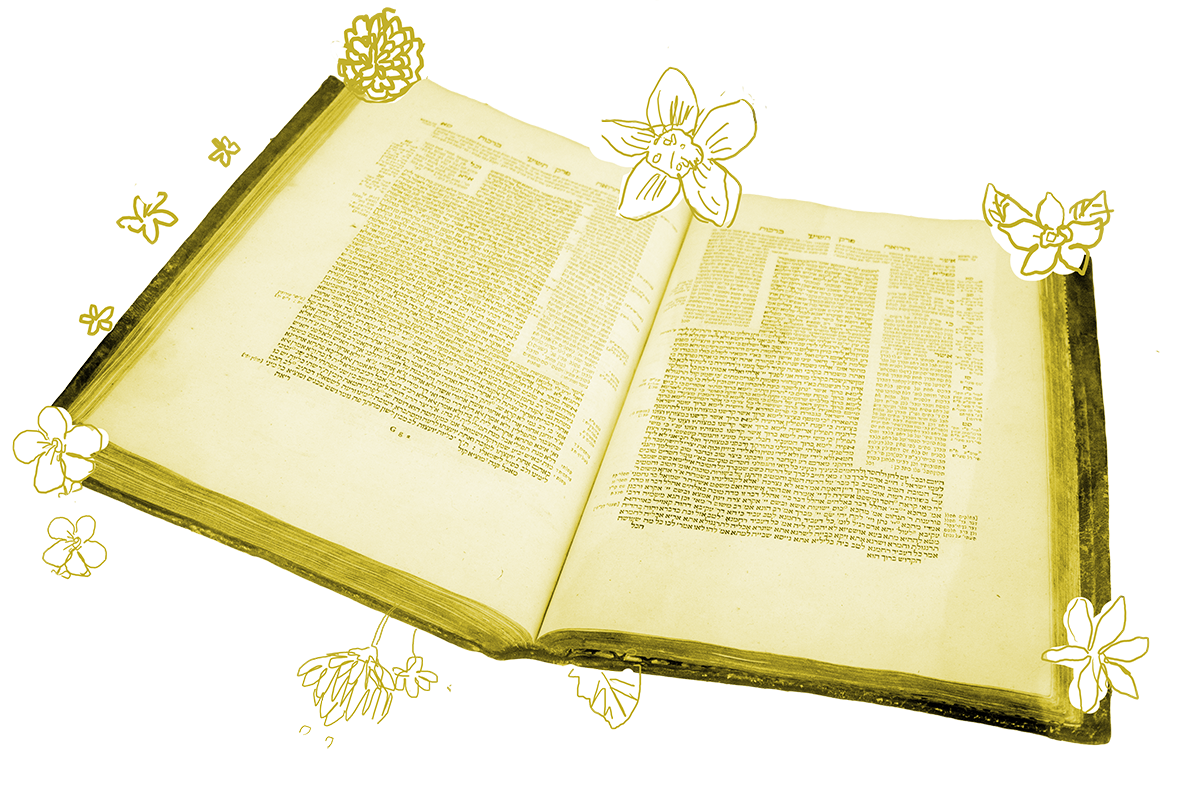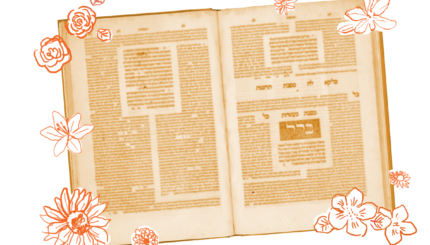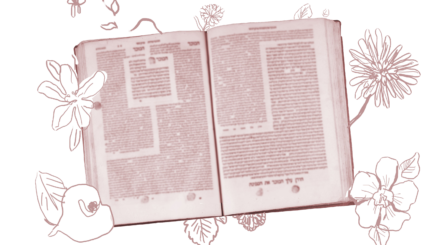On today’s daf, the rabbis look to the natural world as a way to mark time. In particular, they look for cues in nature that determine the beginning of twilight — that window of time that is neither day nor night — so they can know when to light the Sabbath lamp.
Jews light on Shabbat just before twilight. The timing is crucial because if one lights any later it is a desecration of Shabbat. But if we light too early, we bring Shabbat in early and any work done afterwards would constitute a violation. (Since twilight was considered neither exactly day nor exactly night, the sages imposed the rules of both daytime and nighttime on this window. That is why Shabbat works out to be a little more than 24 hours long — because the laws of Shabbat are enacted for the window that begins at the beginning of twilight on Friday and ends with the end of twilight on Saturday.)
In their attempt to pinpoint the beginning of twilight, the rabbis offer a number of different natural benchmarks, but quickly themselves become confused. For instance, it is clear that the reddening sky was a signal for twilight, but was it the eastern side of the sky that should turn red or the western? And how much of the sky needs to be red? We are told that Abaye was once watching his colleague Rava gazing westward and asked him why he wasn’t watching the eastern sky. Or maybe it was Rava watching Abaye gaze eastward? The Gemara isn’t sure.
If the sages find this subject confusing, they imagine it would be more difficult for those who do not spend all day learning Jewish law. Later on in our daf, the same Rava who entered detailed debates with Abaye about the redness of the sky instructs his servants on how to determine when it’s twilight. The markers he chooses for them are much easier to recognize:
Rava said to his servant: You, who are not expert in the measures of the sages, when the sun is at the top of the palm trees, light the Shabbat lights.
His servant asked him: What should we do on a cloudy day, when the sun is not visible at the top of the trees?
Rava said to him: In the city, watch the roosters because as evening approaches they sit on their beams. In a field, watch the ravens because they return to their nests as evening approaches. Alternatively, you can watch the plants that turn westward in the evening. When they begin to turn westward, evening is approaching.
In an age without candle-lighting calendars, handy refrigerator magnets, or quick ways to check the time for lighting candles on the internet, there were many natural signals — from the angle of the sun to the activity of animals and plants — for twilight. In a world of clocks that follow us everywhere — that adorn our microwaves, our walls, our wrists, and our phones — today’s daf offers us an invitation. To be Jewish is to be intimately familiar with the world around us. It’s to recognize that our daily, weekly and yearly cycles are inextricably linked to those of nature.
Read all of Shabbat 35 on Sefaria.
This piece originally appeared in a My Jewish Learning Daf Yomi email newsletter sent on April 10, 2020. If you are interested in receiving the newsletter, sign up here.



